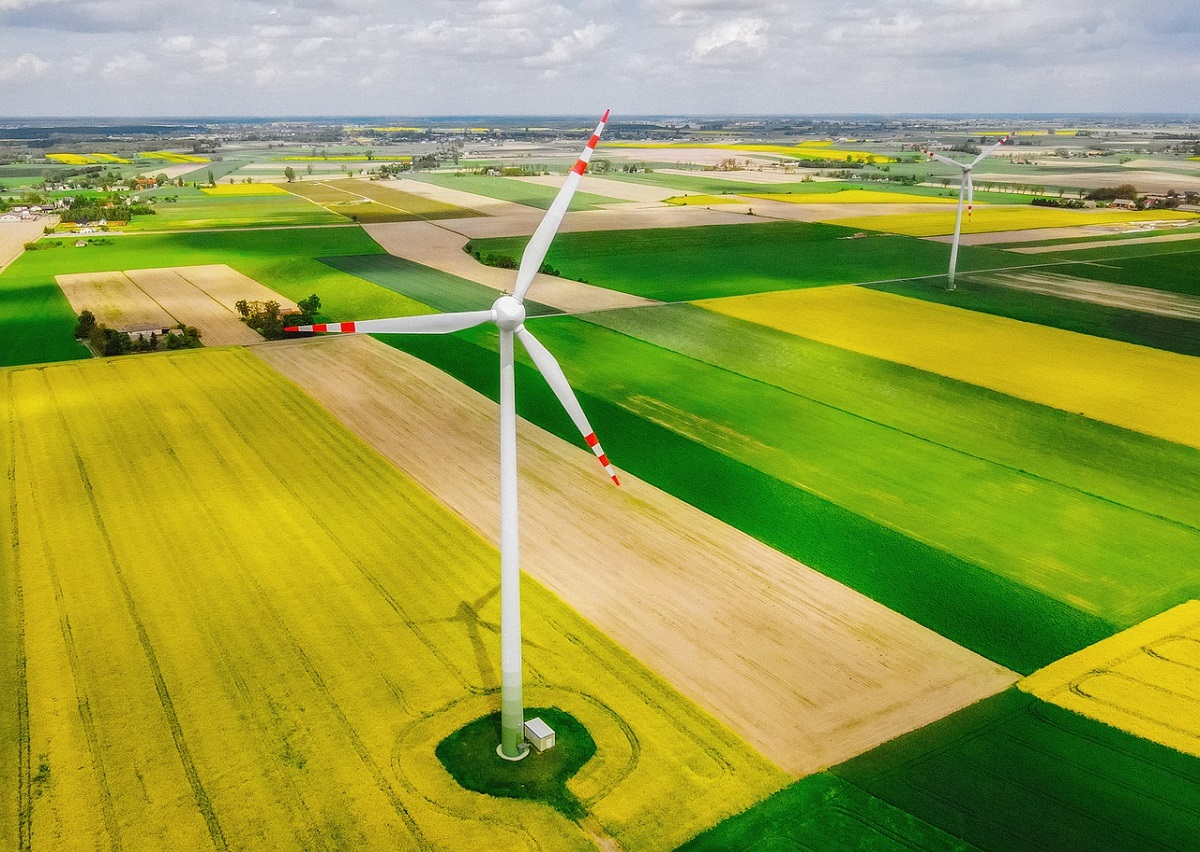The global economy recovered in 2021, despite the ongoing pressures of the COVID-19 pandemic, global supply chain disruptions, multiple extreme weather events, and a worldwide energy supply constraint defined by increasing fuel and electricity costs.
As the year 2022 begins, IHS Markit’s Global Power and Renewables team examines six major themes that we believe will characterize the global power and renewable sectors.
Electricity demand growth approaches pre-pandemic levels.
Global electricity usage fell in the first year of the epidemic before rebounding in the second as the global economy moved from recovery to expansion. Chinese demand for power, which accounts for more than 30% of global demand, is expected to surge in 2021, fueled by robust economic development. Outside of China, global power consumption is expected to have recovered to near pre-pandemic levels by 2021.
The current global energy supply bottleneck implies that electricity costs will remain high and erratic for another year.
Global energy demand surpassed supply in 2021, resulting in a supply shortage and skyrocketing prices for internationally traded fuels. Gas and coal prices traded at all-time highs with considerable volatility, while European carbon prices reached all-time highs. Increased gas, coal, and carbon prices were directly reflected in wholesale power rates. Wholesale power prices in Germany and France averaged €97/MWh in the third quarter of 2021, and €118/MWh in Spain, smashing all-time highs, while a major coal deficit in China contributed to one of the most widespread power shortages in recent history.
Supply networks are placing downward pressure on renewable energy costs.
In addition, due to pandemic-related supply chain disruptions, prices for critical raw materials for wind and solar photovoltaics (PV) technologies surged up to threefold in 2021, putting pressure on renewable costs. With many raw material prices likely to stay 20-30% higher than in 2019, wind and solar original equipment manufacturers are searching for strategies to reduce their supply chains in order to optimize growth while minimizing expenses.
Despite supply chain concerns, renewables are anticipated to rise.
Despite supply chain constraints and rising raw material prices, global renewables buildout is likely to continue apace in 2022. Indeed, renewables are frequently less expensive than thermal alternatives (at least in terms of energy), climate and renewable policies are proliferating, power market reforms are opening new doors in some regions, and the push by many corporations to procure clean energy creates new opportunities to bring renewables to market.
Policy talks will be dominated by infrastructure problems and grid dependability.
As renewables grow increasingly common, it is more necessary to ensure that they offer value and correlate with electricity demand. Spot markets will also be depended on more and more to offer real-time pricing signals, as well as to support peak demand and system flexibility.
The range of clean technologies attracting policymakers’ and investors’ attention is expanding.
The conflicts between decarbonizing power networks and providing a dependable and economical power supply are prompting governments and businesses to examine a wide range of renewable energy options. While conventional solar PV and onshore wind technologies will dominate new construction globally this year, in 2022, focus will shift to alternatives such as battery energy storage systems, offshore wind, low-carbon hydrogen, carbon capture and storage (CCS), and nuclear.

